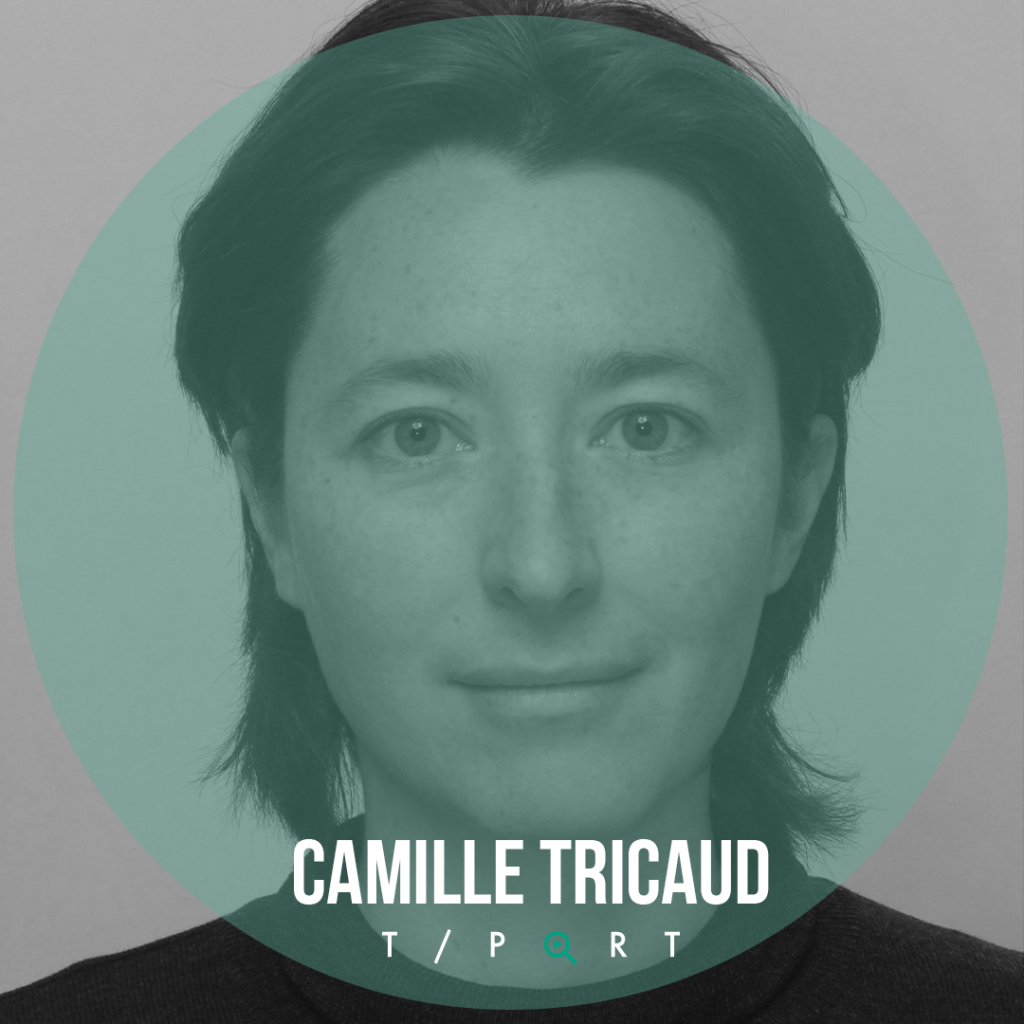 French director and producer Camille Tricaud is hard at work as a founder of the independent production company Benedetta Films. In this inspiring interview we caught up with her to delve into how she used sound in her Lighthouse Selected-film SLOW DOWN THE FALL (which she co-directed with Franziska Unger), as well as discovering her passion for cinema from Antonioni to Werner Herzog.
French director and producer Camille Tricaud is hard at work as a founder of the independent production company Benedetta Films. In this inspiring interview we caught up with her to delve into how she used sound in her Lighthouse Selected-film SLOW DOWN THE FALL (which she co-directed with Franziska Unger), as well as discovering her passion for cinema from Antonioni to Werner Herzog.
Hi Camille! Would you please introduce yourself in a line or two?
I am a French director and producer, born in Bordeaux and moved to Germany to study film. I now live in Paris and develop European auteur films.
What did it feel like to find out your film had made the T-Port Lighthouse Selections? How did you react?
It’s a joy, thank you for the selection.
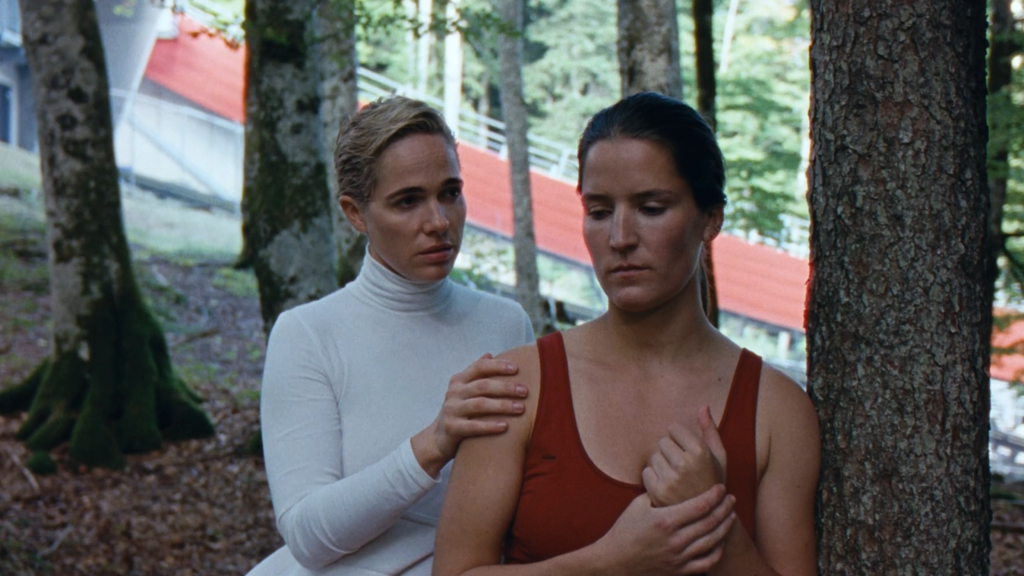
What does making the selection mean to you and your journey as a filmmaker?
Giving visibility to my work.
What was the inspiration behind your film?
The actual state of the world we are living in and more precisely, my encounter with Coline, who is a former athlete and the main actress. But the film is also very inspired by modern film history, from Antonioni to Werner Herzog.
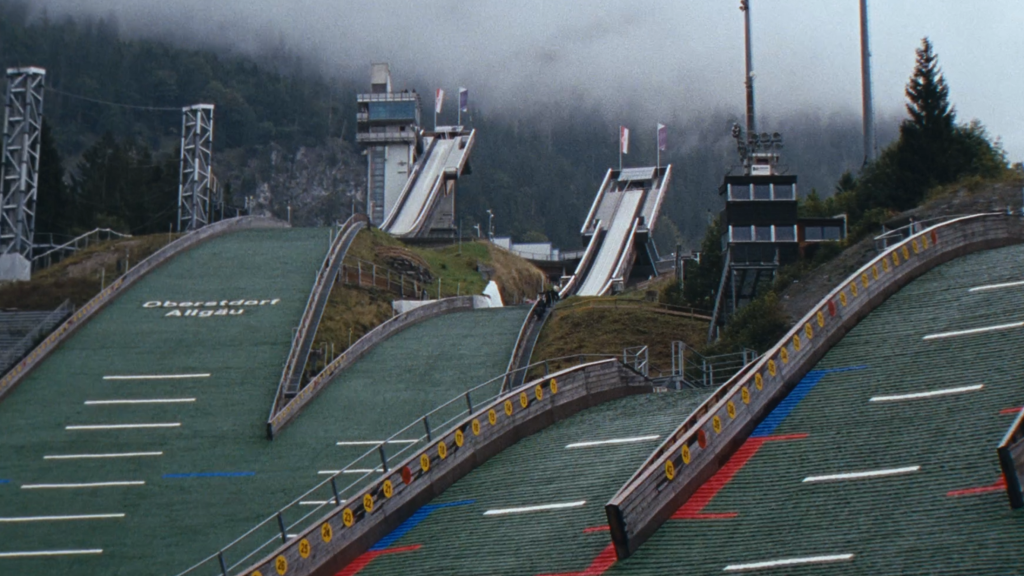
How was the filmmaking process for you? Can you tell us about how you went about the production process?
I am one of the producers. With Felix Herrmann and Maximilian Bungarten, we co-founded Benedetta Films to have the possibility to finance the films we want to do and be independent.
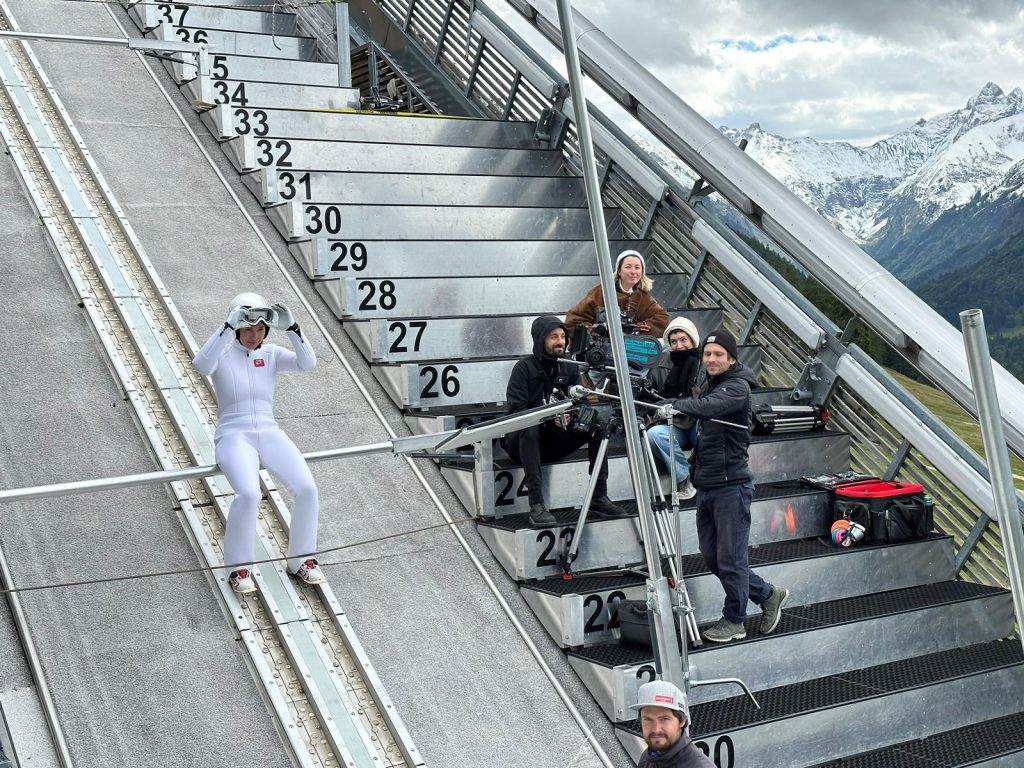
Having been through the process of making your short – what do you wish you had known in advance?
It is more important to have time during a shooting, than to have a lot of people behind the camera.
What were the biggest challenges you encountered during making your film? What did you learn from them?
Shooting on 16mm was quite a challenge because we were limited. But I would always do it again.
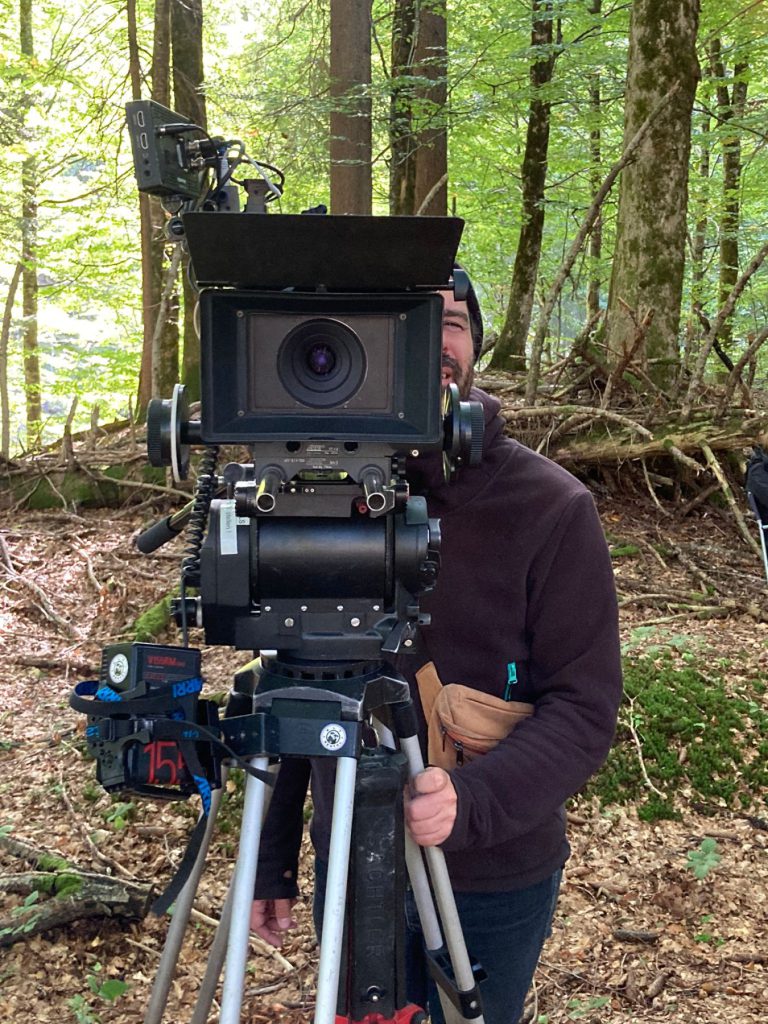
How was it to collaborate with your cast and crew? Have you formed any particular meaningful connections?
I co-directed this film with Franziska Unger, which I know very well since we already worked together on two experimental films. We are very different and complementary at the same time.
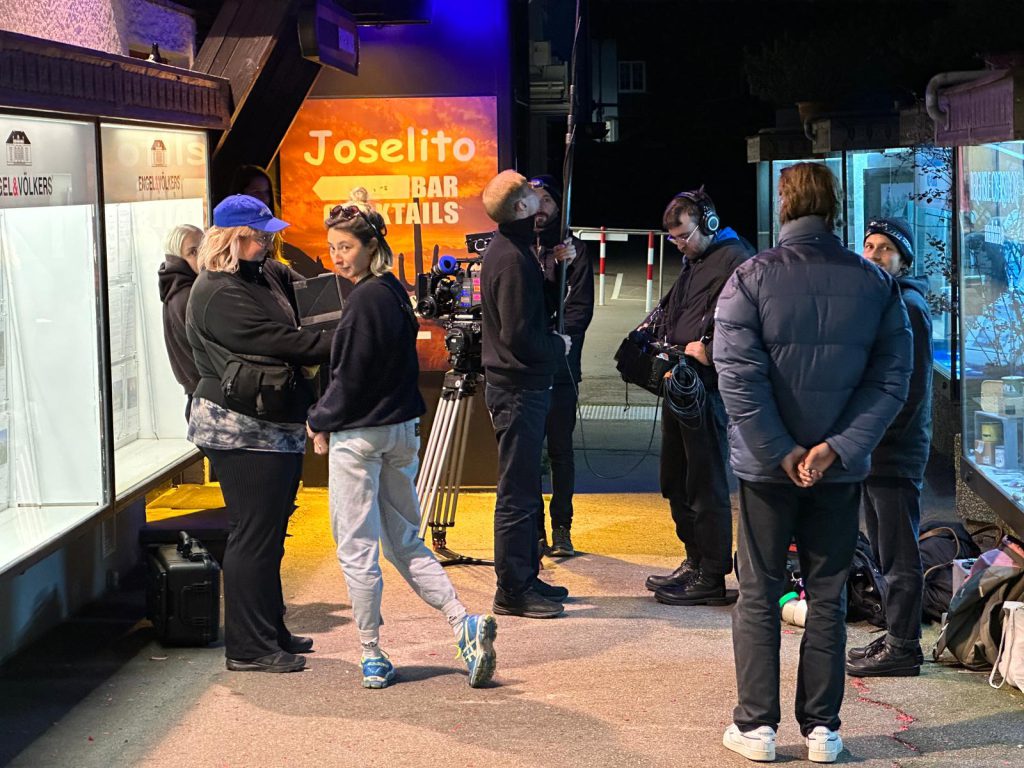
Tell us about the visual choices in your film. What were your main goals and techniques in creating the visual style of your film?
There is something quite melodramatic in the colours, the settings, the big mountains, the clouds, the clothes… We wanted this story to have those visual melodramatic elements.
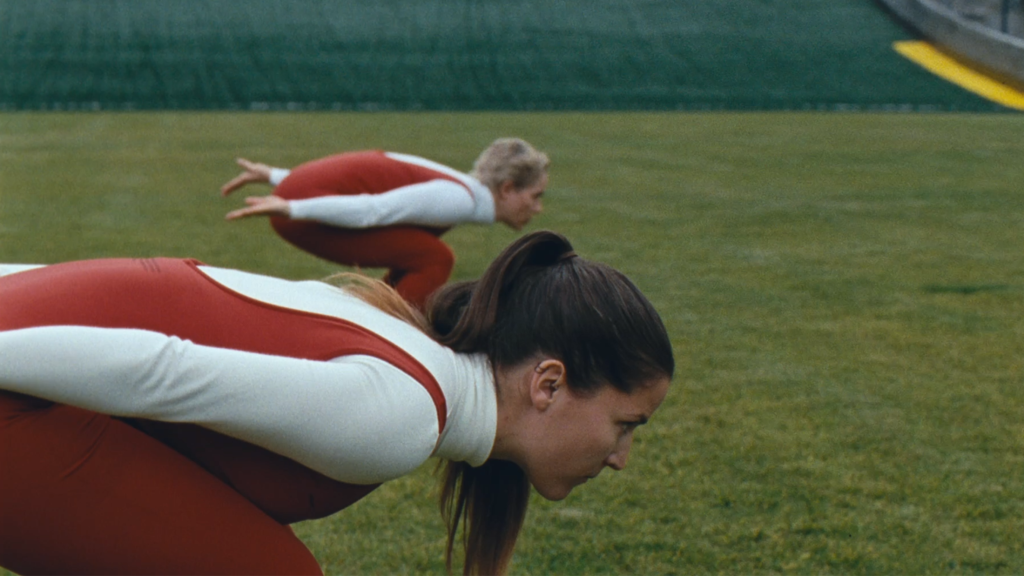
Tell us about the sound choices in your film
Our film doesn’t have a lot of sounds, I mean, the sounds we hear are very very precise and the silence is also a choice. We didn’t want the sound of the film to be immersive. We wanted the sounds we hear to have a dramaturgic function. And also something artificial.
It is a film that doesn’t try do hide the fact that it’s a film. We also use the track of Bachar Mar Khalife’s “Kirie Eleison”, which resonates with our story and our characters.
What would you like people to take away from your film?
I hope the film will touch the audience on an emotional level, but also make them think about things that we all face in different ways: the fears we have, the choices we make, the fact that we sometimes have to make compromises.
Did you have a specific strategy for promoting your film? If so, please tell us about it.
I wanted the film to be screened at festivals to get the attention of the film industry, but also to get the possibility to be discussed with non-professional audience attending the screenings, who often ask very good questions.
What did you find (or still find) as especially lacking in the process of distributing and promoting your film? What was especially challenging?
Distributing takes a lot of time and energy. Next time I would not do it by myself.
What do feel young film talents lack the most today, after graduating from film school? Where are the gaps in the film industry?
Speaking of Germany, there is a big problem in the funding system. I think that the people who select the projects to be funded are not aware of the evolution of cinema. They just want films to be entertaining or educational. They forget that cinema is an art and has other aims. They also forget that the diversity of cinema comes from low-budget independent films, it will never come from big production companies.
So not funding low budget films is tantamount to killing cinema as an art. This is what happened not only in Germany, but in many countries.
If you were to have infinite resources – walk us through your fantasy film project
I think infinite resources is not a good way to think about filmmaking. Firstly, on an ecological level (hi global warming!), we should all be thinking about how to make films with fewer resources, and secondly, on a creative level, the whole history of film is made up of examples that prove that limits are what makes you creative. But still, you need to make a living out of your work. So we need budgets to pay our small teams, no more, no less.
What’s next?
I am working on my first feature film as a director and also producing several projects.
If you are a film industry professional and would like access to the catalogue and more, find out here how to sign up.
Filmmaker? Upload your short film to T-Port or sign up for our newsletter to get regular updates on the current trends and exciting innovations in the short film universe.
